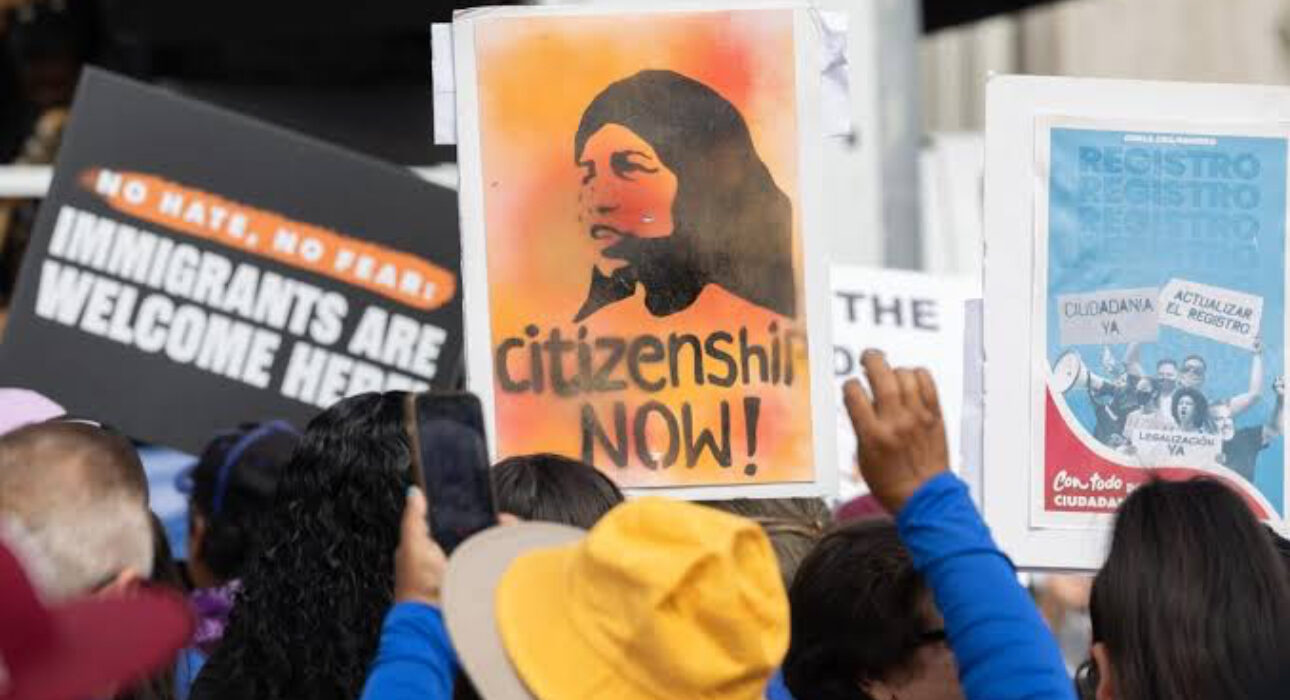US Records First Decline in Immigrant Population in Decades Amid Trump’s Hard-Line Policies

The United States is witnessing a demographic shift not seen in generations as its immigrant population has declined for the first time in more than five decades.
Government figures reveal that the number of foreign-born residents fell from about 53.3 million in January to 51.9 million by mid-2025, a loss of over one million people in just six months.
The share of immigrants in the total population dropped from 15.8 percent to 15.4 percent, reversing decades of steady growth that had shaped America’s workforce and cultural identity.
The decline is widely linked to the Trump administration’s uncompromising immigration stance since returning to power in 2024.
A mix of policies—ranging from intensified deportation drives to stricter visa regulations and rollbacks of asylum and refugee programs—have created an environment where both undocumented and legal immigrants are leaving the country in large numbers. Reports suggest that as many as 2.2 million immigrants may have exited or been forced out within the first half of the year alone, including more than 1.6 million undocumented residents.
Economists warn the consequences could be severe. Immigrants have long fueled growth in key sectors such as agriculture, construction, healthcare, and hospitality.
Already, businesses are reporting labor shortages, and projections indicate that sustained deportations could drag U.S. economic growth far below expectations. With an aging workforce and declining birth rates among citizens, experts caution that reducing the immigrant pool could deepen long-term demographic challenges.
While the administration celebrates the figures as proof that its tough measures are restoring order and reducing strain on public services, immigrant advocates argue the human cost is being overlooked. Many families are living in fear of raids, withdrawing from schools, health care, and social services to avoid attention from authorities. Communities that have long relied on immigrant workers to sustain growth—particularly in shrinking towns and rural areas—are beginning to feel the void.
The development marks a turning point in America’s immigration story.
For decades, immigrants have been central to the nation’s labor force, economic expansion, and cultural dynamism. The sudden reversal raises pressing questions about how the U.S. will balance political promises of tighter borders with its economic realities and demographic needs in the years ahead.









